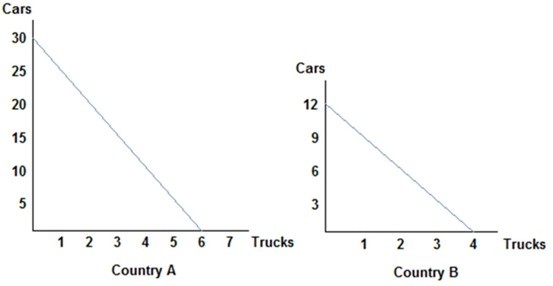Destabilizing speculation refers to
A) actions taken by the International Monetary Fund that increase lending to countries who have pegged their currencies against the dollar.
B) any depreciation of a country's currency as a result of long-run adjustments to purchasing power parity.
C) actions taken by investors who sell a country's currency in anticipation of buying it back later at a lower price.
D) actions taken by currency traders to sell a currency that is undervalued.
C
You might also like to view...
During the summer months, many families go hiking, camping, and fishing at national parks. This is an example of
A. aggregate demand for the outdoors. B. the incentive to work hard, play hard. C. underground economic activity. D. the implicit value of leisure time.
When confronted with rational expectations regarding changes in monetary policy, the short-run Phillips curve may be vertical
Indicate whether the statement is true or false
 Refer to the figure shown, which represents the production possibilities frontiers for Countries A and B. Assuming both countries have the same amount of resources available to them, which of the following statements is true? Country A has:
Refer to the figure shown, which represents the production possibilities frontiers for Countries A and B. Assuming both countries have the same amount of resources available to them, which of the following statements is true? Country A has:
A. the absolute advantage in neither the production of cars nor trucks. B. an absolute advantage in the production of cars, and Country B has the absolute advantage in the production of trucks. C. an absolute advantage in the production of trucks, and Country B has the absolute advantage in the production of cars. D. the absolute advantage in the production of both cars and trucks.
Effective signals
a. convey useful information from informed parties to uninformed parties. b. impose little or no cost on the signaler. c. cannot be conveyed accurately when there is an information asymmetry. d. raise the quantity sold but reduce the price sellers receive.